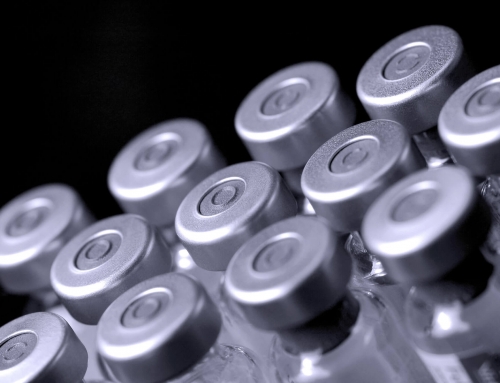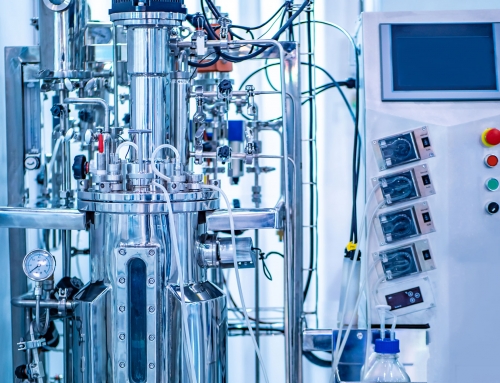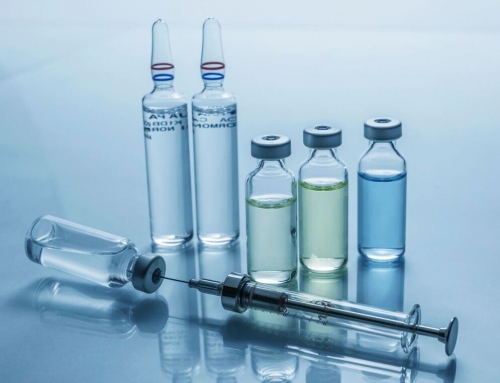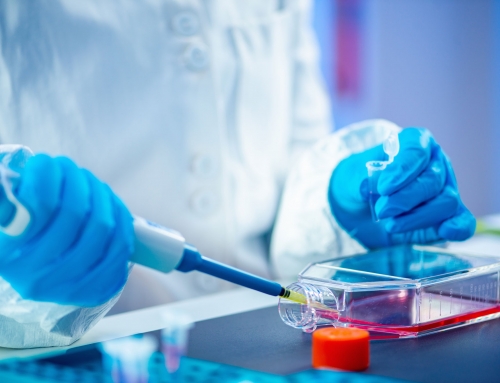This innovative process mitigates risks associated with the sterile biologics manufacturing. However, tight control of parameters is critical.
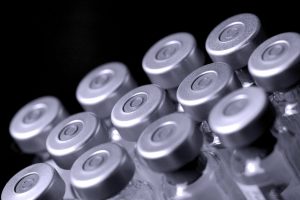
The risk of contamination is always present throughout any pharmaceutical manufacturing pipeline. That risk is particularly acute in biologics fill and finish. For that reason, a growing number of biologic manufacturers are turning to novel aseptic (sterile) filling technologies; including blow-fill-seal (BFS), in which the container for an injectable biologic is formed, filled and sealed by automated machinery.
Pharma manufacturers have long used BFS technology to fill ampules and other containers, for a wide range of solutions and other liquid dosage forms. However, BFS technology’s adoption is growing in the biologics sector; particularly for the filling of injectables such as monoclonal antibodies (mAbs), vaccines and other proteins.
Because the BFS packaging process is automated, it eliminates many issues involved in more traditional fill-finish processes, such as the risk of breakage and inadvertent contamination. And since BFS is an aseptic process, it has proven particularly useful for biologics with high sensitivity to terminal sterilization procedures.
This article summarizes the BFS process, along with several key advantages of adopting BFS technology in a biologic manufacturing pipeline.
Blow-fill-seal streamlines several aspects of the fill-finish process for liquid biologics.
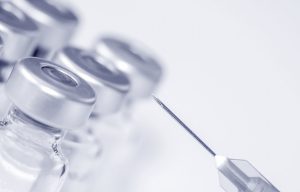
In a conventional fill-finish process, the container (a glass vial or ampule, for example) must first be sterilized, after which it is filled and sealed. The risks of breakage and contamination are present throughout these three steps, necessitating extraordinary care on the part of all personnel who handle the biologic product and its container.
The BFS process, on the other hand, proceeds rapidly and automatically, without the need for human intervention. BFS machinery begins by extruding thermoplastic resin into the final container’s shape, known as a parision. The machinery pinches the bottom of the parision closed, but holds its top in place, conveying the open-topped parision to the filling zone.
At the filling station, blowing and filling nozzles descend into the parision’s mouth until they form a seal with its neck. The blowing nozzle forces sterile compressed air into the container , expanding and forming it from inside. The sterile air is then drawn off from the container, and the filling nozzle injects sterile liquid biologic material into the space left behind. Sealing molds are then brought into place to form the top of the container.
Finally, the mold is opened, and the sealed bottle is moved to the next stage of the manufacturing pipeline, where it can be inspected for leaks, provided with a label, and packaged in additional ways. All the above steps are completed by the sterile BFS equipment in less than 18 seconds, all but eliminating the risk of contamination.
BFS manufacturing enables more flexible container design for injectable biologics.
Because a single parision can be used to create a single bottle, or as many as 10 vials, the BFS process enables biologic manufacturers to approach their filling processes in much more versatile ways. For example, BFS can be used to create multi-dose containers for injectables, as well as unit dose containers in unusual shapes, with more tightly controlled output parameters. With BFS technology, all these container types can be produced and filled rapidly, automatically and aseptically, without the use of preservatives.
The innovative form of container closure used in a BFS process can also provide a range of benefits for the drug itself. By contrast with a conventional fill-finish process utilizing glass or plastic vials, BFS significantly reduces the amount of foreign particulates that might to enter the vial, by eliminating the period in which an open vial filled with drug product must be conveyed from the filling station to the sealing station.
In addition, an automated BFS process mitigates the risk of vial breakage, since the vial never leaves the equipment’s tight grip until it is filled and sealed. By removing the need for manual handling at this crucial stage of the manufacturing process, BFS lessens the potential for hazardous accidents and emergency cleanup measures.
Careful control of BFS parameters is crucial in ensuring the biologic product’s stability.
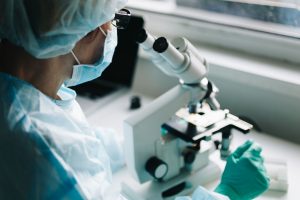
Since BFS is an aseptic process, it must be performed in a cleanroom, using equipment that has been sterilized prior to use. This is typically performed via steam, in place rather than in an autoclave, due to the large size of BFS equipment. Additionally, the fill area in particular must be sanitized by hand, or via a specialized piece of sterilization equipment. Any sterilization procedure must take the sensitivities of the biologic product into account.
The cleanroom’s temperature and humidity must be precisely controlled, and actively monitored for variations at all times. The room’s layout should be organized in a way that permits smooth transitioning of the product containers from the BFS equipment to the labeling and packaging stations, in order to further minimize any risk of contamination or breakage.
All BFS-related procedures, from equipment sterilization to the blowing, filling and sealing processes themselves, must be engineered with careful regard for the sensitivities of the biologic product in question. For example, if the biologic is sensitive to residual sterilant, nitrous oxide (NO2) sterilization may be more suitable. If the drug’s stability may be impacted by extractables or leachables in the container material, this must also be taken into account.
In the final assessment, not all biologics may be suitable for current BFS processes. The high temperatures required to form the parisions can degrade some proteins; while a BFS procedure that effectively preserves the stability of some large molecules may prove harmful to others. Thus, careful experimentation is necessary to determine the usefulness of BFS for any biologic application, and manufacturers must be cautious of extrapolating promising results from one biologic product to another.
For all these reasons, a growing number of biologic developers are choosing to partner with contract manufacturing organizations (CMOs) that possess experience in BFS manufacturing pipelines, as early in the development process as possible. These partnerships help ensure that the BFS pipeline is designed with the target biologic product in mind.

